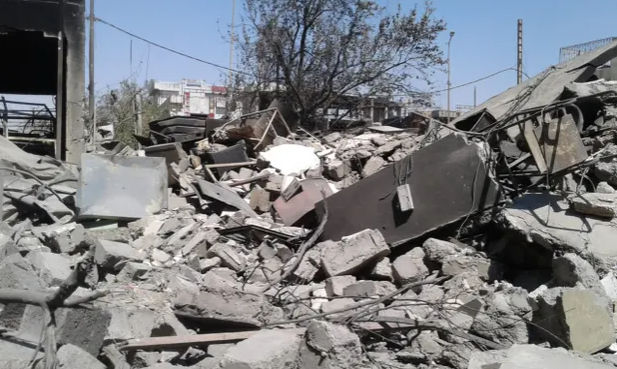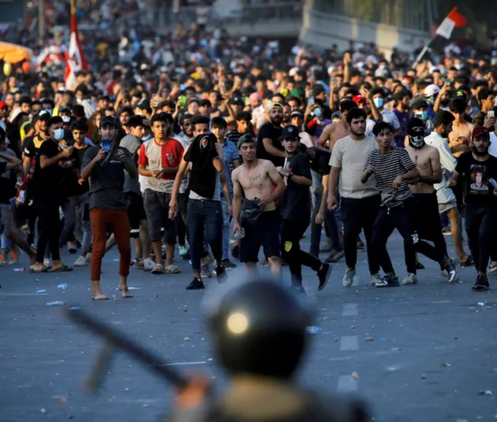More than any other country in the Middle East, Iraq is facing a water crisis. The country relies on the Tigris and Euphrates rivers for 98 percent of its surface water and the water levels of both have dropped significantly. The Ministry of Water Resources has forecast that both rivers will dry up by 2040 without action to change current trends. Iraq’s Sawa Lake dried out this year and Razzaza Lake is shrinking. Efforts to restore Iraq’s famous marshlands after Saddam Hussein destroyed them have been partially successful, but drought and upstream dams threaten them once again.
Many of Iraq’s waterways have reduced water levels, increased salinity and substantial pollution. The southern part of the country faces particularly serious and urgent problems. The lack of flow out of the rivers, combined with the rising sea level, is pushing saltwater from the Arabian Gulf into Iraq’s rivers. The World Bank noted last year that southern Iraq is already exceeding “critical water quality thresholds,” often too contaminated for people to use. Earlier this month, an Iraqi meteorological official said that dust storms are becoming increasingly common.
Multiple factors are driving Iraq’s water crisis. Iraq has experienced several years of drought. It is the fifth-most vulnerable country to climate change, according to the UN. Droughts have increased in duration and severity and temperatures hit 50 degrees Celsius and higher in 2020. Climate change is likely to change the snowpack that feeds the Tigris and Euphrates, affecting water volume and decreasing predictability. The World Bank has forecast that a temperature increase of 1 C would “cause a 20 percent reduction of available freshwater” in Iraq by 2050.











 RSS Feed
RSS Feed